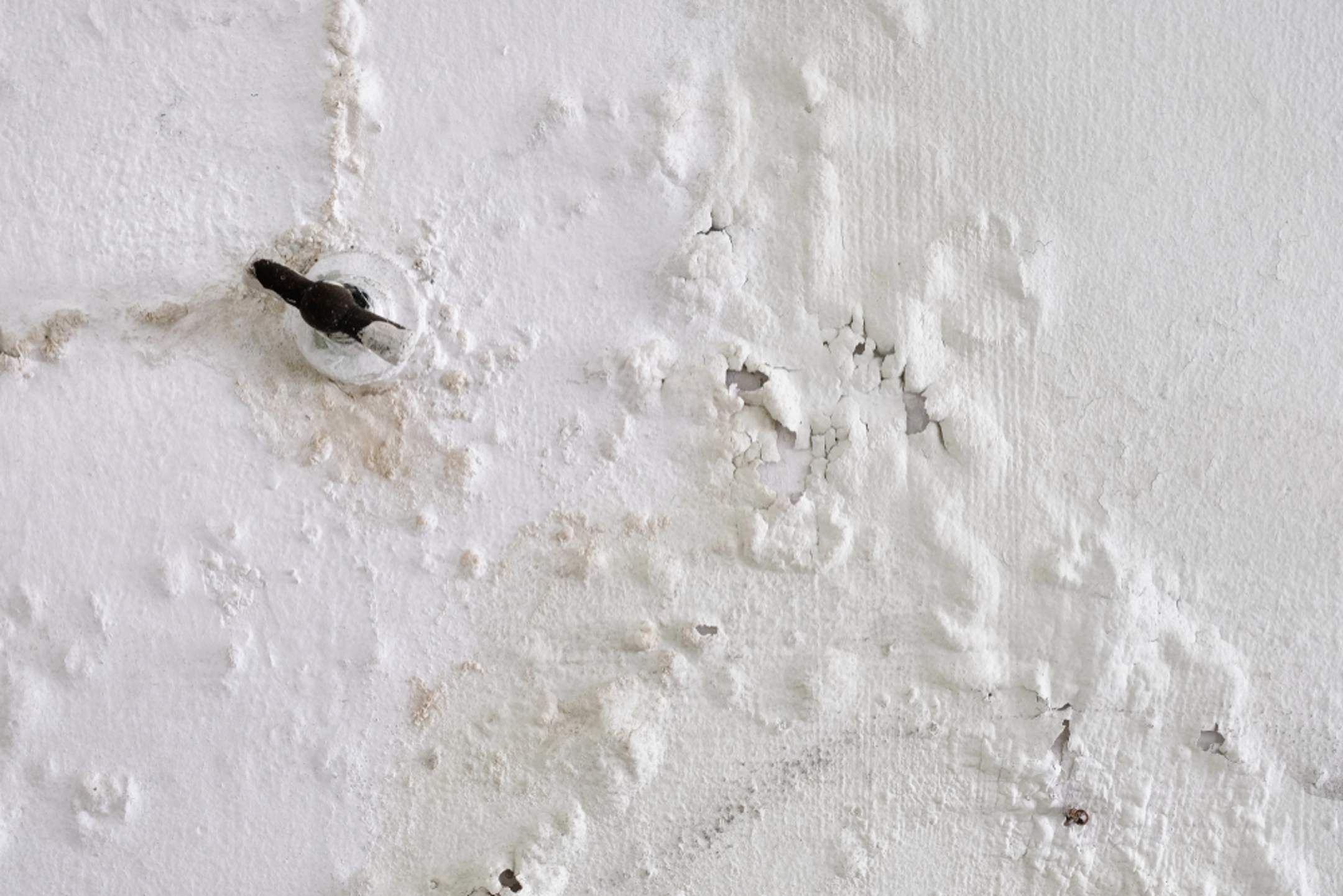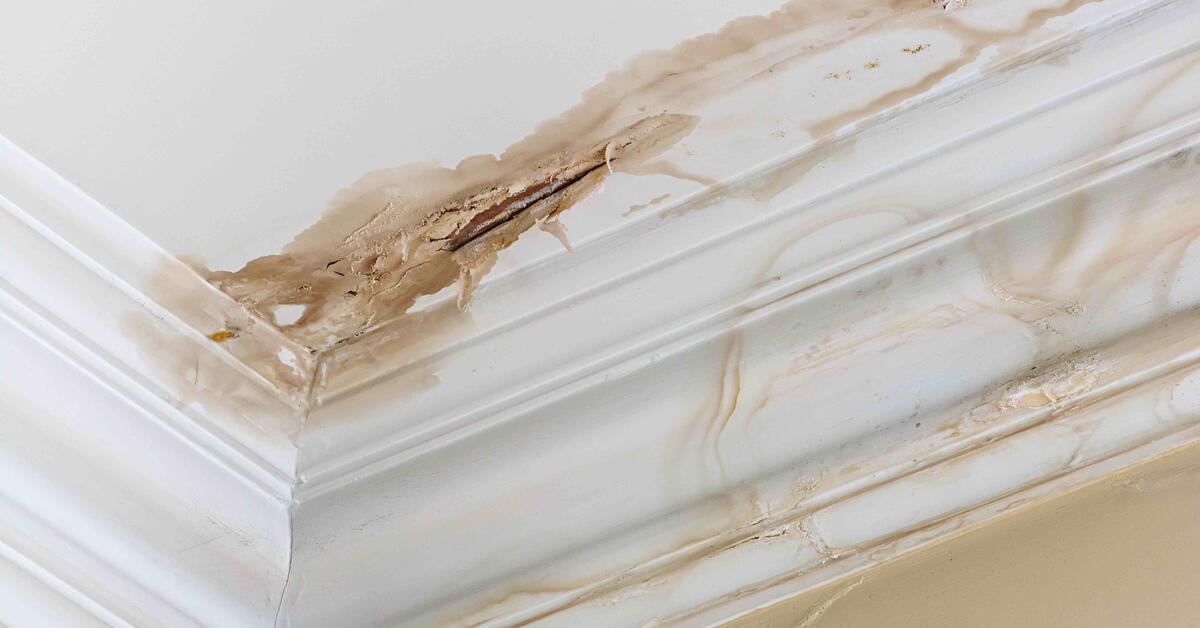24/7 Emergency Water Damage Restoration Services for Urgent Needs
Wiki Article
The Refine of Water Damage Cleaning: Guaranteeing Your Home Is Recovered Effectively
Water damage can be a daunting challenge for home owners, necessitating a careful and organized clean-up procedure to bring back security and capability. Initially, a detailed assessment is vital to determine the level of the damages and establish the appropriate remediation procedures. Following this, efficient water removal methods play an essential function in alleviating additional injury. The subtleties of drying out, disinfecting, and ultimate remediation are equally important and often ignored. Understanding these stages can make a substantial distinction in the result of your home's repair, triggering a closer check out what each action involves.Examining the Damage
Upon finding water damage, the primary step is to completely assess the degree of the impact. This preliminary evaluation is critical, as it assists determine the needed actions for efficient clean-up and remediation. Begin by evaluating the affected locations, consisting of walls, ceilings, floors, and individual belongings, to determine the resource of the water intrusion, whether from flooding, leaks, or condensation.Recording the damages is vital for both insurance claims and intending restoration initiatives - damage restoration services. Use photos and created notes to capture the intensity of the damage, noting any type of damaged architectural elements and products. Pay unique attention to areas that may not be immediately noticeable, such as behind walls and under carpetings, as concealed moisture can result in more issues, consisting of mold and mildew development
Furthermore, examine the timeline of the water direct exposure. Ultimately, a comprehensive assessment lays the foundation for an effective water damages cleaning process, guaranteeing that all influenced areas are dealt with efficiently and completely.
Water Removal Strategies

Experts normally use submersible pumps for bigger volumes of water, which can quickly reduce flooding in basements or various other impacted areas. For smaller quantities, wet/dry vacuum cleaners are usually used to draw out residual wetness from carpets and difficult surface areas. Furthermore, making use of portable extractors enables targeted removal in confined spaces or locations with fragile products.
In circumstances of infected water, such as sewage or floodwater, progressed removal strategies may include the use of biohazard tools to make sure safety and compliance with health and wellness regulations. High-powered removal tools are important in reducing water retention in structural materials, which can bring about mold development and structural degeneration if not attended to quickly.
Eventually, the efficiency of water removal methods plays a crucial role in the total success of the water damages cleaning procedure, preparing for succeeding remediation initiatives.
Drying and Dehumidification
Once standing water has actually been properly extracted, the next important stage in the water damage cleaning process is drying out and dehumidification. This step is necessary to prevent more damages and mold and mildew growth, which can take place within 24 to two days in wet environments.To achieve reliable drying, specialized tools such as industrial-grade air moving companies and dehumidifiers is utilized. Air movers circulate air throughout wet surface areas, enhancing dissipation prices, while dehumidifiers reduce humidity degrees airborne, promoting a favorable setting for drying out. The combination of these devices makes certain that wetness is attracted out from wall surfaces, home furnishings, and floorings, enabling them to dry thoroughly.
It is necessary to check the drying out process very closely. Professionals frequently make use of wetness meters to evaluate the dampness material in numerous materials, ensuring that all impacted locations get to appropriate dryness degrees. This thorough approach helps to stop concealed moisture pockets that could result in structural damages or undesirable mold development.

Cleaning and Disinfecting
After the drying out and dehumidification phase is total, the next important action in water damages cleanup is cleansing and sanitizing the impacted locations. This process is critical to stop the development of mold and mildew, germs, and various other microorganisms that flourish in damp settings.The cleaning phase usually entails getting rid of any kind of debris, dirt, and impurities from surface areas utilizing specialized cleaning up representatives. For difficult surface areas, a combination of soap and water or industrial cleansing items is typically employed. Soft products, such as upholstery and rugs, might require much more substantial cleansing approaches, including heavy steam cleaning or deep removal methods, to make sure comprehensive cleanliness.

Disinfecting adheres to cleaning, making use of EPA-approved disinfectants to get rid of harmful microorganisms. This action is vital, specifically in locations that might have entered call with floodwaters or sewage, as these sources can pose serious health risks.
Furthermore, it is necessary to resolve any type of remaining smells, which may call for making use of smell neutralizers or sophisticated strategies like ozone treatment. Proper cleansing and sanitizing not only recover the safety and health of your home but likewise prepared for effective repair and repair services in subsequent phases of the water damage cleaning process.
Reconstruction and Repair Services

When the assessment is full, reconstruction initiatives can start. This typically includes fixing or changing damaged products, making sure that all work abides by regional building codes and criteria. As an example, if drywall has been compromised, it will require to be gotten rid of and changed with new material. Furthermore, floor covering may call for similar interest, relying on the level of water exposure.
It is essential to engage seasoned remediation professionals throughout this procedure, as they have the expertise to manage complex repairs effectively. They can aid mitigate prospective future concerns, such as mold and mildew growth or architectural instability, therefore ensuring a habitable and secure living environment. Inevitably, reliable repair and fixings restore the home's integrity and boost its overall worth.
Conclusion
In final thought, the procedure of water damage cleanup is critical for restoring a home to its pre-damage condition. Each phase, from examining the damage to executing efficient water removal strategies, followed by detailed drying out, sterilizing, and required fixings, plays a necessary role in guaranteeing safety and conformity with structure requirements. Efficient implementation of these steps not only reduces prompt damages but likewise enhances the long-lasting integrity and value of the property.Water damages can be a complicated challenge for house owners, requiring a organized and meticulous cleanup procedure to restore safety and security and capability. Ultimately, a thorough water mitigation company evaluation lays the foundation for a successful water damage cleaning procedure, making sure that all influenced locations are addressed effectively and completely.
Efficient water removal methods are vital in reducing damages and avoiding more complications complying with a water invasion event.In final thought, the procedure of water damages cleaning is important for recovering a home to its pre-damage condition. Each phase, from examining the damage to applying effective water removal methods, complied with by comprehensive drying, disinfecting, and required repair services, plays a necessary duty in making sure safety and security and conformity with building criteria.
Report this wiki page